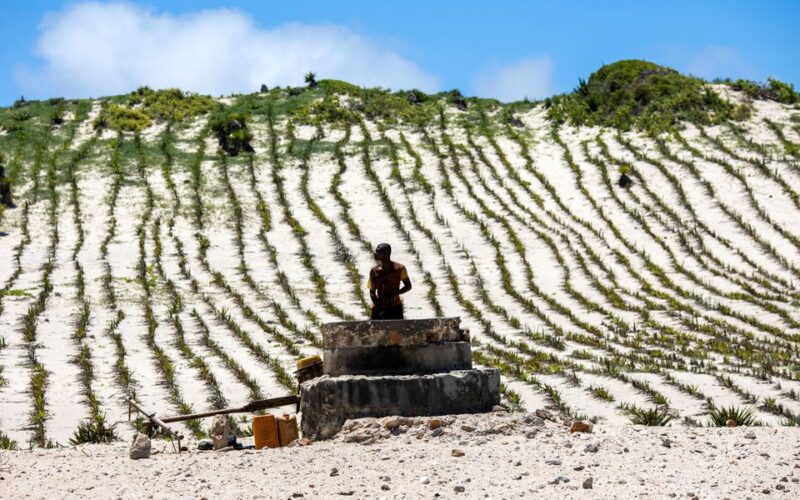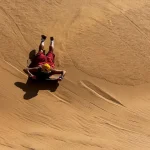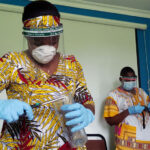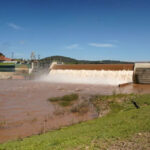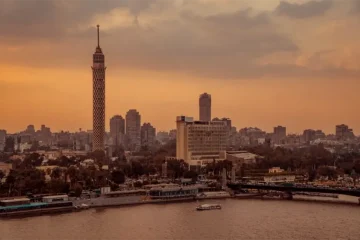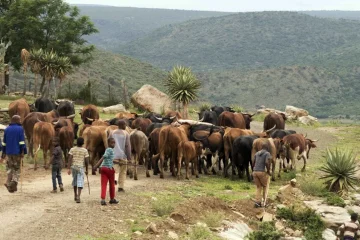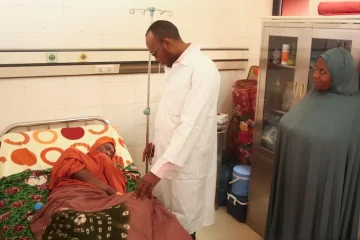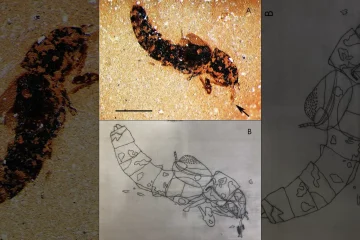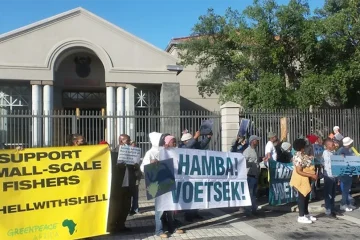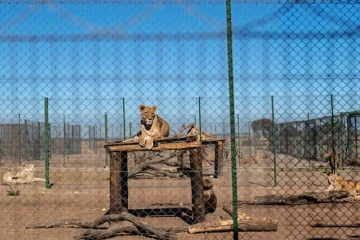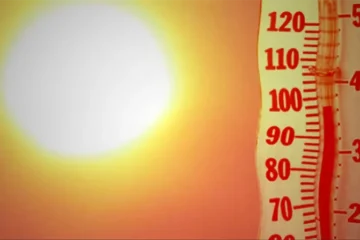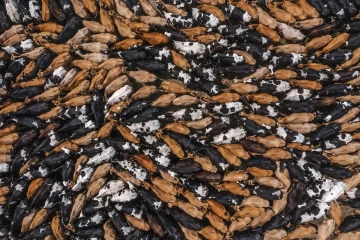CHRISTOPHE VAN DER PERRE and ALKIS KONSTANTIDINIS
FIELDS, homes, wells and tombs were gradually being buried under shifting sand dunes on this windswept stretch of Madagascar’s southern coastline until the local community fought back, armed only with plants and elbow grease.
After years of painstaking planting by hundreds of local volunteers, 36 hectares of dunes have been stabilised by long lines of plants that trap moisture in the ground and stop the relentless wind from blowing the sand further inland.
The World Food Programme (WFP), a United Nations agency, provided most of the plants as part of a project to help local communities build long-term resilience to weather-induced problems.
“The system came from the villagers themselves. It wasn’t us that brought this technique. They know that the lalanda plant covers the ground and brings moisture,” said Theodore Mbainassem, who runs WFP operations in the area.
In addition to the lalandas known to local residents, the agency contributed filao – which grow up to 1.9 metres (6.2 ft) – and sisal plants, species that also do well in arid conditions. Sisal can be used to make ropes, carpets or roofing, providing a source of income to the community.
The world’s fourth largest island and one of its most diverse ecosystems, with thousands of endemic species of plants and animals, Madagascar projects the image of a lush natural paradise. But the reality in its southern regions is different.
The build-up of sand dunes started becoming a problem in the area roughly a decade ago due to droughts and an increase in strong winds, partly linked to the El Niño climate pattern — and climate scientists warn things will only get worse.
Madagascar, an island with a population of 30 million and great natural variability in its weather patterns, faces increased aridity, more frequent droughts and extreme weather events in future, according to the U.N.’s expert climate panel.
Faux Cap is part of the southern Androy region, where a shortage of food caused by four years of drought has made more than a million people dependent on food aid from the WFP. L5N2V62XS
But while emergency food parcels play a vital role in helping the population get through the current crisis, Mbainassem said it was crucial for communities to plan for the future and find ways to build resilience.
At Faux Cap, the efforts of the local community are already being rewarded, he said, citing the income from the sisal plants, the protection of wells and fields that had been at risk of disappearing under the sand, and the preservation of tombs, which are an important focus of many cultural traditions.

